The News
Databricks announced the acquisition of Mooncake, an early-stage technology that mirrors PostgreSQL OLTP data into open lakehouse formats (e.g., Iceberg/Delta) to make operational data analytics- and AI-ready. Aiming to cut brittle ETL pipelines and accelerate agentic AI by 10–100x for common data movement operations. Days earlier, Databricks unveiled a multi-year partnership with OpenAI to bring frontier models (including GPT-5) natively into the Databricks Data Intelligence Platform and Agent Bricks for production-grade, governed AI agents. To read more, visit the original press releases: Mooncake and Databricks + OpenAI.
Analysis
AI assistants and agentic systems are shifting from code co-pilots to full lifecycle actors through spawning databases, emitting events, and invoking services at machine speed. The historical OLTP→ETL→OLAP pattern can’t keep up with its hand-built pipelines introducing hours-to-days of latency, frequent breakage, and a growing “data-ops tax” on developer throughput.
theCUBE Research has consistently found that platform teams are prioritizing AI enablement alongside security and governance, with hybrid data gravity and policy constraints top of mind for developers. In that context, Mooncake’s PostgreSQL extensions and “moonlink” acceleration tier speak to a broader architectural pivot of synchronizing OLTP rows to columnar lakehouse formats in (near) real time so agents can analyze, decide, and act without waiting for batch jobs.
How This Could Change the Market
If Databricks can reliably collapse OLTP and analytics into a single governed plane (while embedding OpenAI’s latest models where enterprise data already lives) developers may shift effort from pipeline plumbing to policy, evaluation, and optimization. Practically, that could mean:
- Less bespoke ETL: fewer fragile DAGs to build/maintain; more declarative sync of PostgreSQL changes into Iceberg/Delta.
- Faster agent loops: agents generate tables → lakehouse mirrors update → evaluations/queries run immediately → agents iterate again.
- Tighter governance: Unity Catalog + model evaluation in Agent Bricks promise lineage, access controls, and quality gates within one surface.
- Economics & complexity: fewer moving parts tends to reduce cost-of-delay, pipeline toil, and blast radius from schema drift.
For vendors across databases, ETL, and observability, this intensifies competition around low-latency sync, open formats, and integrated guardrails. For cloud providers with managed Postgres, it raises the bar on how seamlessly OLTP and analytics interoperate without data-copy sprawl.
Stitching it Together
Teams typically stitched together CDC from Postgres (logical decoding, Debezium, etc.), transformation jobs (Spark/DBT), and lake ingestion. They then layered query acceleration (caching, materialized views) to meet SLA. It worked, but at a cost:
- Pipeline DAGs and schema evolution consumed scarce data-engineering cycles.
- Latency windows undermined real-time use cases (agents, streaming features, ops analytics).
- Toolchain sprawl complicated governance, lineage, and FinOps.
- Every new service or micro-DB multiplied the integration burden.
What Changes for Developers Going Forward
Assuming Databricks productizes Mooncake as described and the OpenAI integration lands as advertised, developers could design event-driven, lakehouse-native app patterns where:
- Postgres remains the system of record, but changes “reflect” into columnar tables automatically with no custom ETL tickets required.
- Agents and apps evaluate on fresh data with built-in model judges, test harnesses, and data-aware prompts, thus reducing quality blind spots.
- Policy-first development becomes normal with schema, data access, and model usage governed in one catalog; evaluations tracked like tests.
This being said, results will vary by workload. Teams should pilot on a narrow slice (e.g., a single agentic workflow), stress test consistency and lag under bursty write loads, validate cost profiles at scale, and keep an exit path via open table formats to avoid lock-in.
Looking Ahead
The industry trajectory points to converged OLTP+analytics under an open-format umbrella with agent toolchains shifting from bespoke glue to governed platforms. Expect accelerated investment in low-latency CDC, metadata-rich catalogs, model evaluation, and policy-as-code that travels with data. The measure of success won’t be “no ETL ever,” but “no undifferentiated ETL,” minimizing bespoke pipelines in favor of declarative sync and reproducible transformations.
For Databricks, Mooncake plus the OpenAI partnership indicates a play to become the default agent runtime on enterprise data, where developers can build, evaluate, and operate agents end-to-end without copying data across silos. Next steps to watch: deeper PostgreSQL extension hardening, lakehouse write-path guarantees at scale, transparent evaluation reporting in Agent Bricks, and reference architectures for common agentic patterns (fraud, ops Copilot, claims, personalization). If they land these, the competitive conversation shifts from “whose model” to “whose platform lets agents ship safely, fast, and at scale.”







